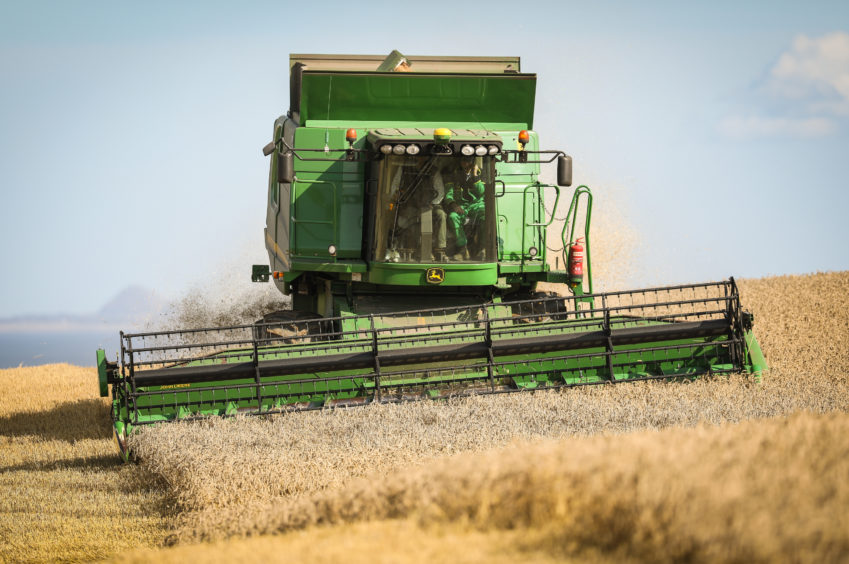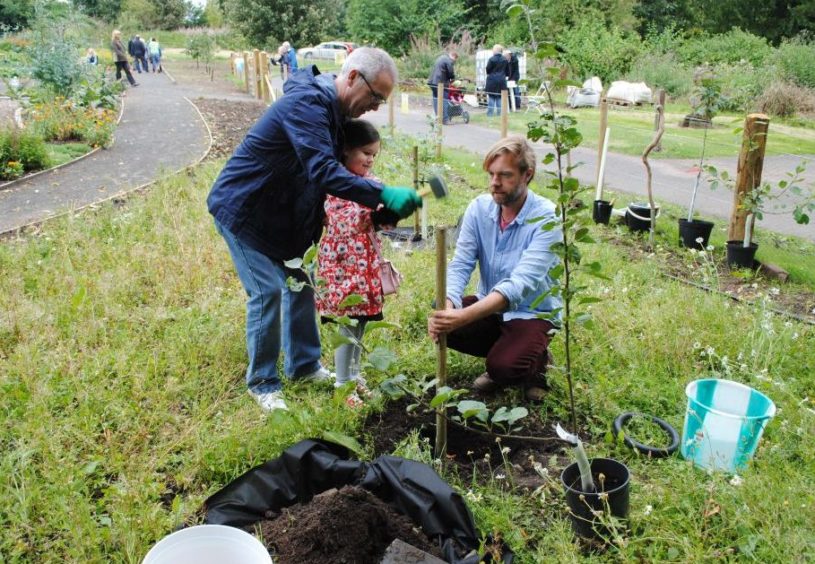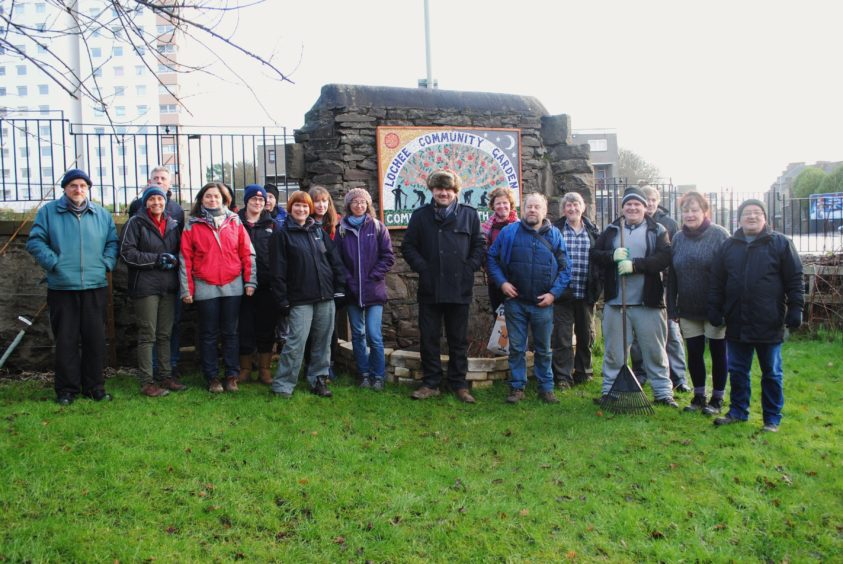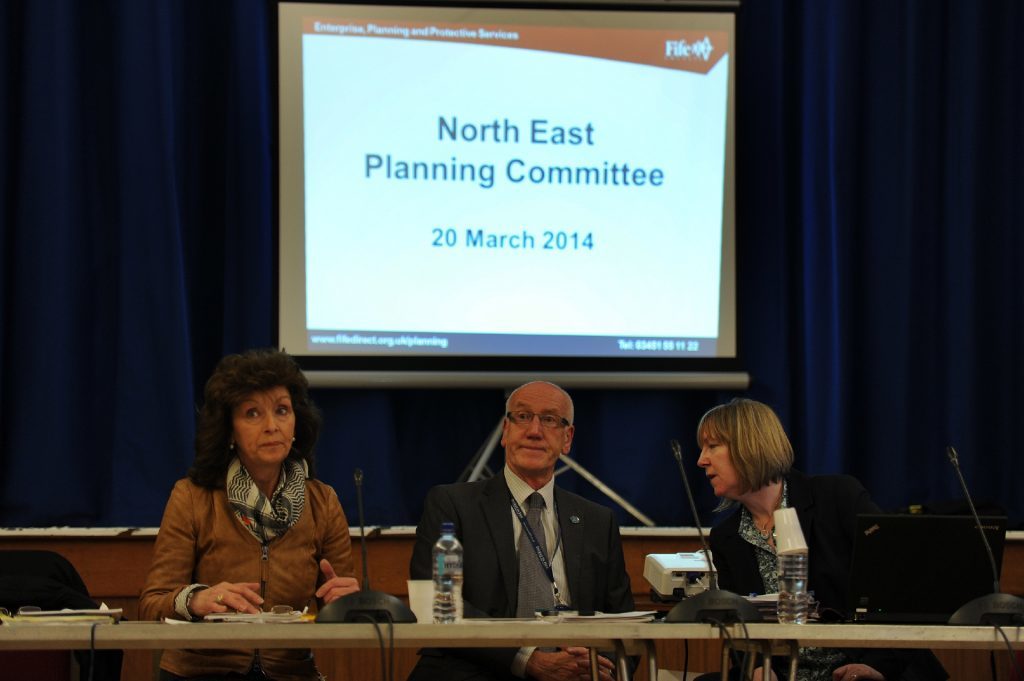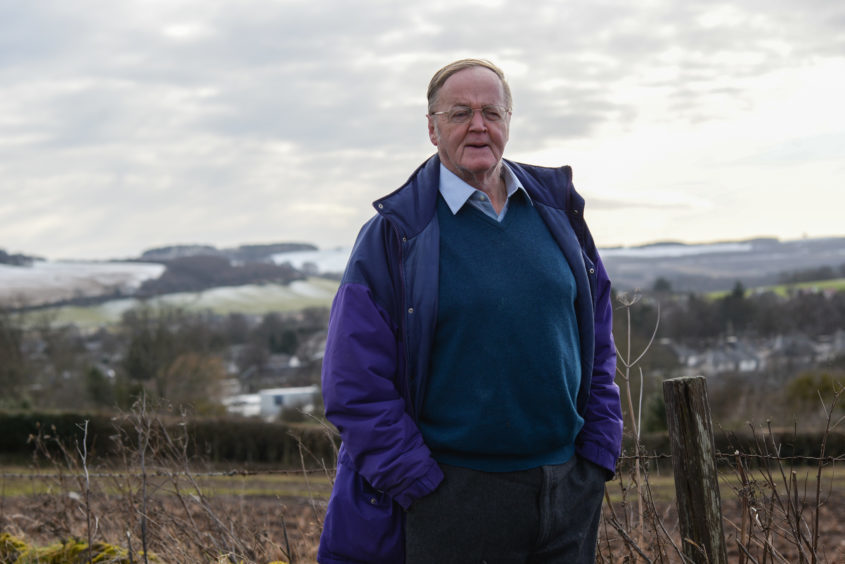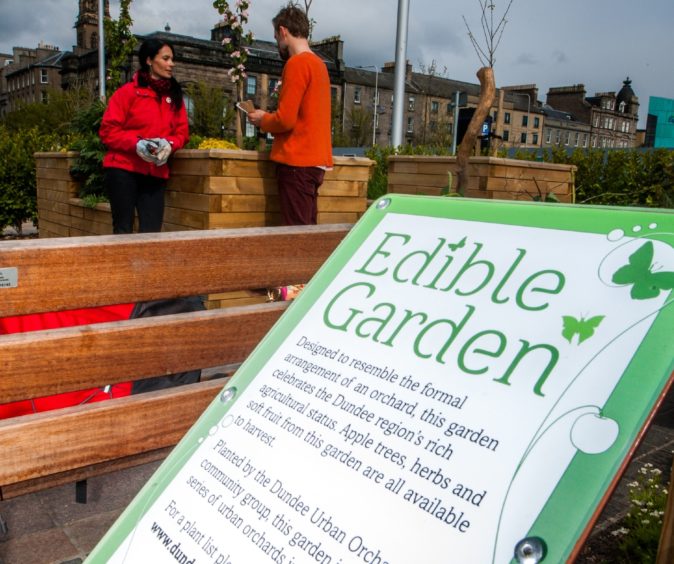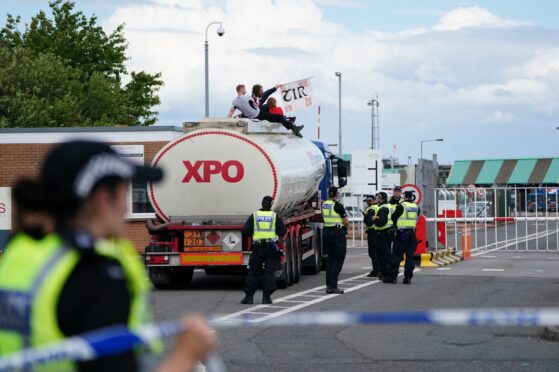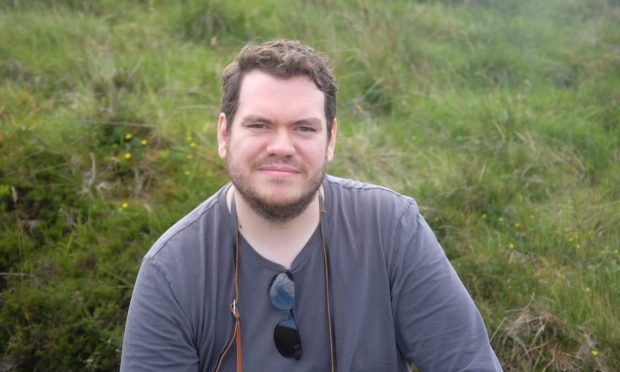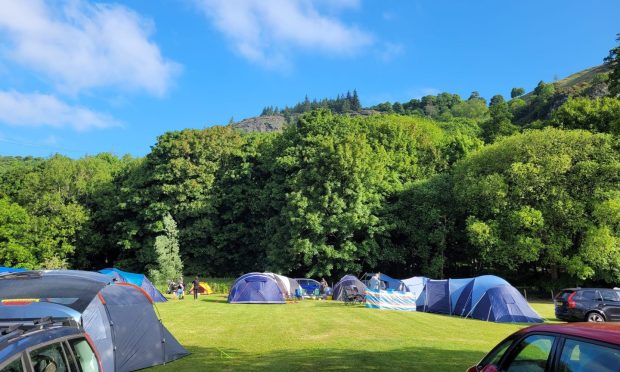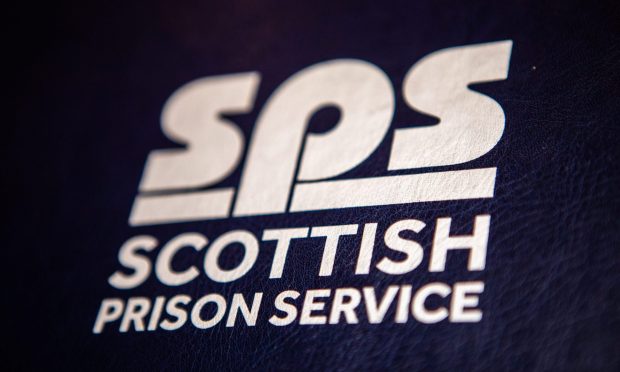As concerns grow about potential shortages of food, medicines, car parts and much else in the event of a ‘no deal’ Brexit after March 29, 2019, Michael Alexander asks what the situation tells us about the UK’s ability to feed itself and asks whether a new approach to farming and land use is required.
Amid the many continued uncertainties around what would happen after a ‘no-deal’ Brexit, some of the most hard-hitting reports have been fears about rationing and people starting to stockpile food.
Since leaving the single market means an end to the automatic rights for trucks to drive and planes to fly between the UK and the EU27 countries, fears of a no deal mean that many manufacturers are starting to stockpile and there have been reports that Britain is running out of food warehousing space. Cheese, wine, gin, olive oil and Mars bars are said to be some of the products under immediate threat.
But with around 50% of the UK’s food and feed now coming from overseas (30% from the EU; 4% each from Africa, Asia, North and South America, and the remaining from the rest of Europe and Australasia), does Brexit raise more serious issues about Britain’s ability to sustain itself?
Should more of us be growing our own fruit and vegetables in gardens, greenhouses and window boxes? Is the answer more community orchards and allotments?
And do we need to revisit planning rules to stop the encroachment of housing onto prime farming land as the search for housing zones gets more frantic?
Do farmers themselves need to stop looking at diversification and get back to the day job?
Dundee Urban Orchard – otherwise known as DUO – is a city-wide art and horticulture project supporting individuals, community groups and cultural organisations to plant and care for small-scale orchards across Dundee.
With a particular focus on food sustainability, DUO is committed to community empowerment and is planning to plant a large scale community orchard at Riverside Nature Park in 2019 which will serve as a training space for Dundee’s growing Orchard City network and the wider Tayside region.
>> Keep up to date with the latest news with The Courier newsletter
Jonathan Baxter, an artist who performs with DUO, said there’s no doubt that Brexit highlights the “vulnerability” of our current food system and the need for more community growing spaces.
In a city like Dundee, where food poverty is escalating, he said one of the first things that needs to be developed is a “hands-on” relationship to food.
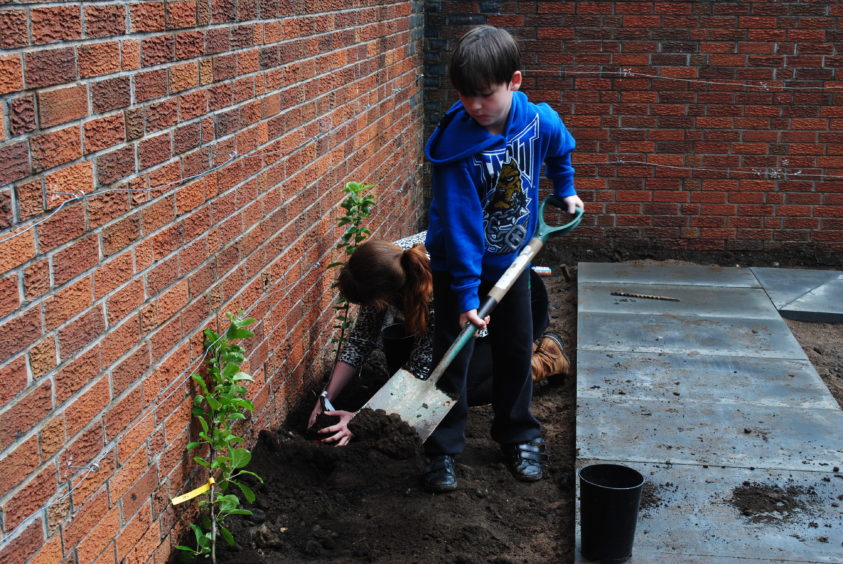
“For a variety of reasons we’re dependent on a global food system which over the years has eroded what all healthy and sustainable food systems rely on: control over what we can eat and how it’s grown,” he said.
“Brexit brings this to a head, because being part of the EU has allowed Scotland to use its devolved competencies to opt for enhanced environmental protection, including through agricultural subsidies and Marine Protected Areas. It also allowed Scotland to opt-out of GM (genetically modified) food.
“One way to think about Brexit is through the food supply chain. How do we get our food from field to plate? Thinking about this takes into account how we tackle waste, improve environmental sustainability, prioritise public health, pay farmers a fair price, support local economies, build resilience, and guarantee transparency and public trust in food and farming.
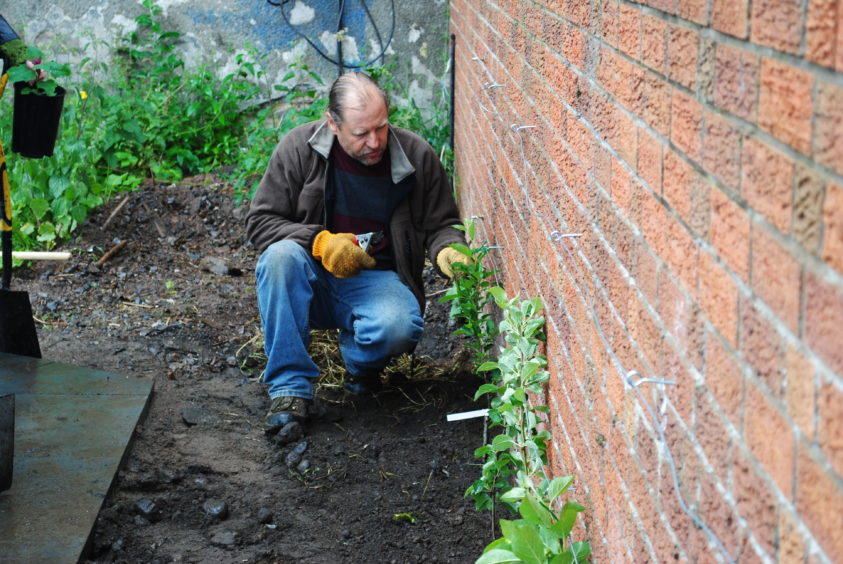
“The less control we have of our own food system the less we’re able to take responsibility for all these factors that make up the supply chain.”
Pete Ritchie is executive director of Nourish Scotland –an NGO that campaigns on food justice issues in Scotland.
For the first time in a generation, he said Brexit has pushed food supply up the agenda, with the threat of food shortages in the event of a no deal being a powerful driver for the softer, customs union approach in the withdrawal agreement.
“After a ‘hands off’ policy where the UK government view was ‘we are rich enough to shop abroad for our food’, more people are talking about getting a better alignment between what we eat and what we grow, both in the UK and Scotland,” he said.
“Part of this is about becoming more resilient in the face of climate change, and part is about recognising that we currently depend for our food on a huge area of land in the rest of the world – not just for coffee and bananas but for soya and maize to feed our farm animals.”
Sheila George, food and environment policy manager at WWF Scotland said it’s “unquestionable” that we need a more sustainable food system if we are to deal with global challenges like climate change and biodiversity loss.
“This means we need to look at using our land more strategically- only 9% in Scotland is suitable for growing crops but the majority of these don’t make it to our plate,” she said.
“We need to apply innovative solutions that can help farmers improve efficiencies and reduce environmental impacts, by harnessing new technology and looking at crop and livestock diversity.
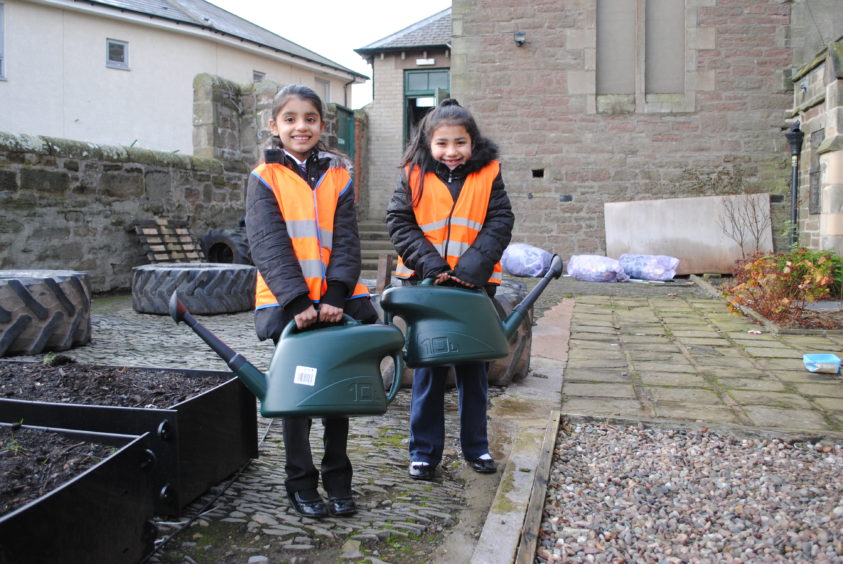
“Whenever we can we should all eat more local, seasonal foods to help reduce the environmental impact of our shopping basket.”
According to the first ever chief executive of Scottish Natural Heritage (SNH), Scottish planning policy is a “national scandal” because it claims to protect the best agricultural land but it then makes exceptions for industrial development, housing and renewable energy.
Roger Crofts, who was at the helm of SNH from 1992 to 2002, and was elected chairman of the Perth-based Royal Scottish Geographical Society in 2013, said the country’s best agricultural land needs protected “as part of our security for the future”.
However, for this to happen, he believes there needs to be a change in policy.
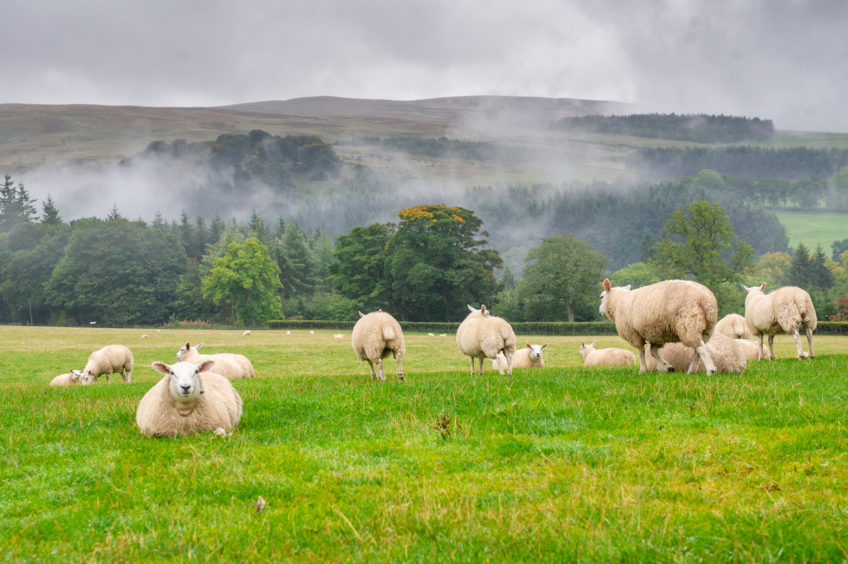
“If we regard the land as we should as part of our natural capital – and that’s something that the First Minister believes in – then we have got to change planning policy,” he told The Courier.
“Whether it’s around the cities of Perth and Dundee or around the Edinburgh area in East Lothian, we know where the highest capability agricultural land is – we should be protecting it. It’s part of our security for the future.
“I want to see the land used and looked after more effectively. What I would call stewardship. That means the government has to be stewards as well as the farmers.”
Mr Crofts said moving out of the European Union was a chance to “think of a totally different system” to the Common Agricultural Policy – the agricultural workings of the EU that implements a series of subsidies.
However, while consumer pressure is helpful, when it comes to food ‘air miles’ and demand for products like soy being a major driver of deforestation in the Amazon basin, it’s the international supermarket chains that hold the real power to make meaningful change.
He also pointed out that chopping down forests and removing mangroves had the additional impact of releasing carbon from the soil and from the trees. “That’s a double or triple whammy as far as climate change is concerned,” he said.
Former Fife Council planning manager Jim Birrell, who is now an independent planning consultant and programme manager for Heads of Planning Scotland, said the green agenda was already at the heart of planning policies.
He said current national planning priorities in the UK are all about sustainability, climate change, global warming, healthier life styles, with an increasing emphasis on the quality of places and the need for these to be to be inclusive, accessible, resilient, safe and more self-sufficiency.
He said: “In that mix it is also important to consider current impacts on the loss of agricultural land for housing and other much needed developments, increased pressure for more industrialised food production in our rural areas and the increasing tendency for some developers to provide smaller gardens.
“This is coupled with the current tendency to devote rear garden areas to more family relaxation and leisure pursuits rather than the traditional home garden area for growing fruit and vegetables, although this is also a lifestyle choice and a generational issue.”
Mr Birrell said the five key planning areas are: a dramatic rise in the provision of and requests for community gardens, allotment spaces, green spaces and community led initiatives; current national priority for the removal and re-use of all derelict and vacant land; the drive across Scotland for community land ownership; the increase in the creation of Greenspace Strategies and similar approaches by local communities, and the proposed introduction of local place plans, as currently set out in the new planning bill going through the Scottish Parliament, which will provide a new and ambitious opportunity for local communities to prepare their own local plans and submit them to their council for consideration.
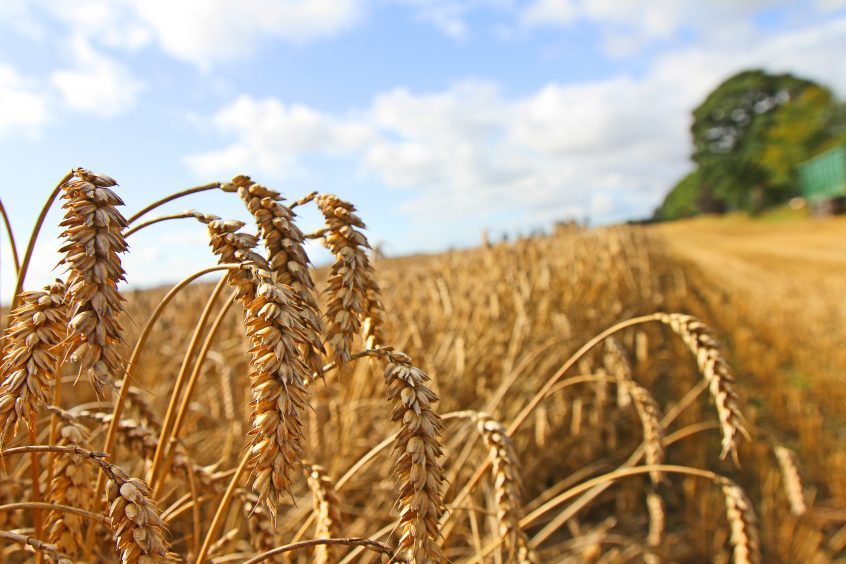
National Farmers Union (NFU) Scotland spokesman Bob Carruth said that every year in Scotland about 1,200 hectares of land go under concrete or tarmac as part of development projects, an area equivalent to the size of Dunfermline.
“The important point to bear in mind is that the land around our cities, towns and villages is usually high quality, very productive agricultural land, the sort that is in very limited and dwindling supply in Scotland,” he said.
“But given that we are in the business of producing food, and Scotland’s food and drink sector is a manufacturing success story, that means we need to be smarter about how we produce more food in a sustainable manner from the land that we have, including our hills and uplands.
“The quality of Scottish food and drink is something that is cherished both at home and in overseas markets. However, engagement with the current and the next generation of consumers is something NFU Scotland wholeheartedly supports as a way of demonstrating the work and effort that goes into delivering quality produce from the farm gate to the plate.”
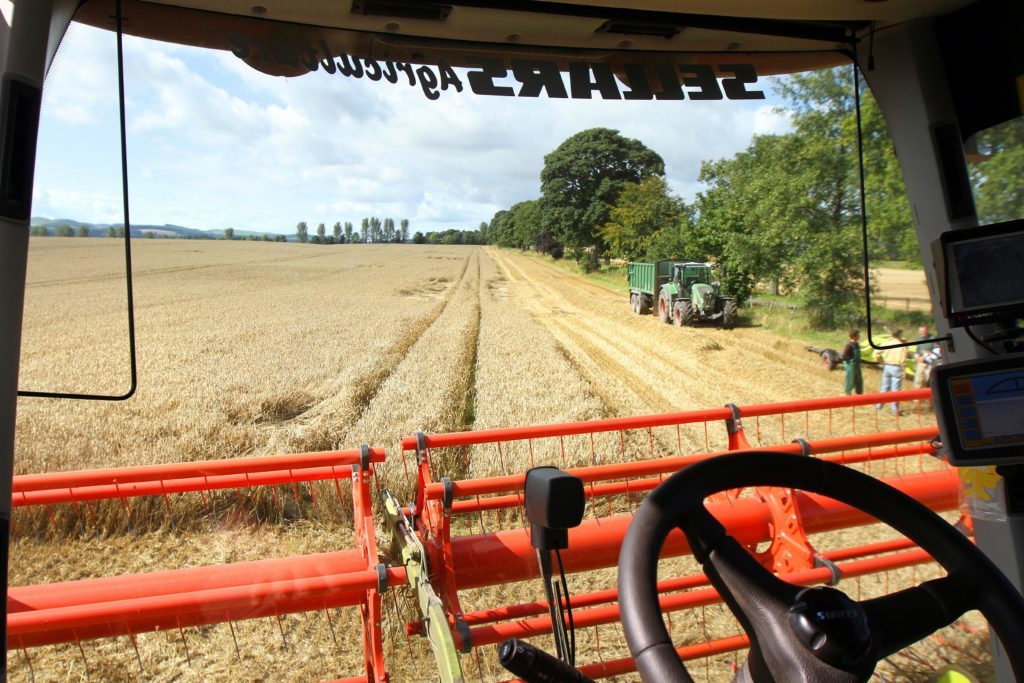
Mr Carruth said that for many years farmers and crofters have engaged in events at supermarkets, meeting shoppers and encouraging them to source Scottish.
The NFU has also been hugely supportive of the work undertaken by organisations like the Royal Highland Educational Trust and the Royal Northern Countryside Initiative, which provides free farm visits and classroom talks about food and farming.
He added: “In the Scottish Government’s ‘Programme for Government’, launched in September, we fully endorsed the commitment to create more opportunities for primary school children to visit farms to raise their awareness of where their food comes from.”
Retired Fife farmer and councillor Andrew Arbuckle said that while ‘food miles’ is a nice slogan, the reality for most shoppers is they will continue to buy on price and appearance rather than worry about origin.
He said relative food prices had come down massively over the past 100 years.
However, when it comes to planning, while there is a presumption against building on top grade agricultural land, he said this is being eroded by economics.
“Top farmland is worth £10,000 per acre but land with development potential is worth millions per acre,” he said.
“For example, one farmer in North East Fife has just received £12 million for a couple of his fields next to the nearest town. One reason towns are where they are is because they were surrounded by good land ie where crops could be transported easily to market. A Land Tax would remove the current financial bonanza.
“Changes to planning regulations currently going through Scottish Parliament could actually make it easier for developers to build where they want ie more loss of good land. This issue will only become important when people go hungry”.
